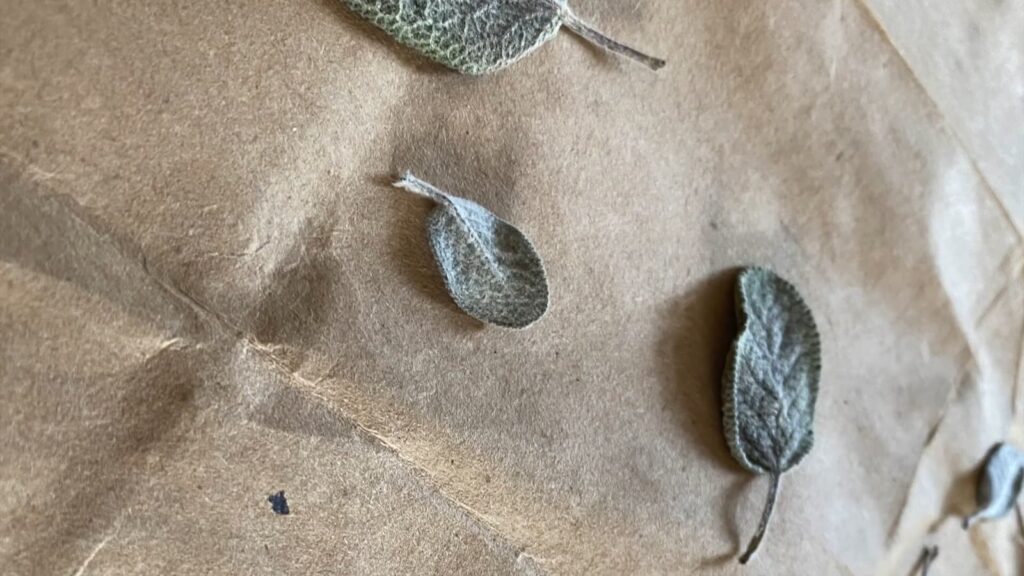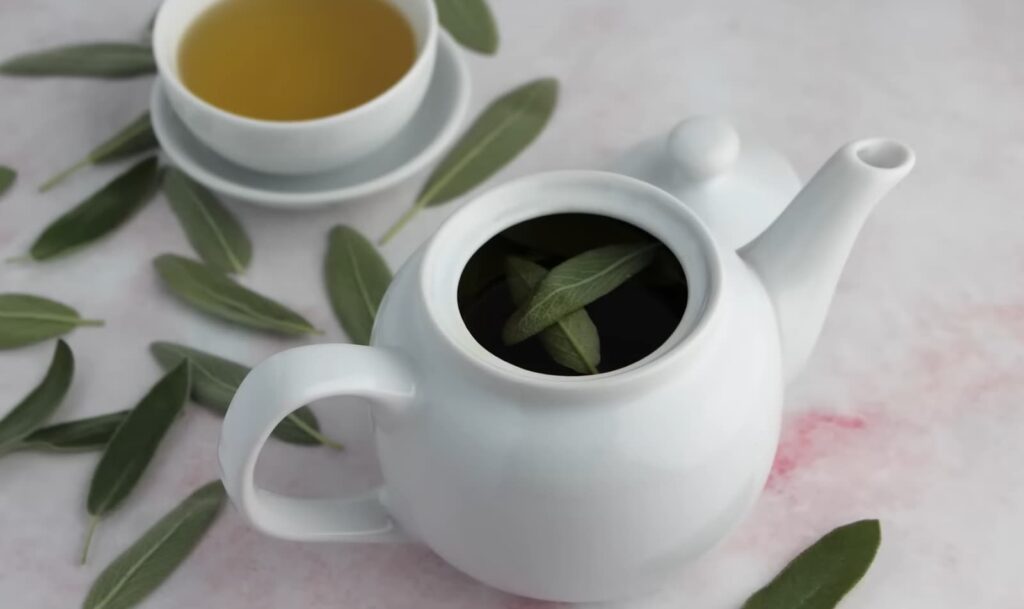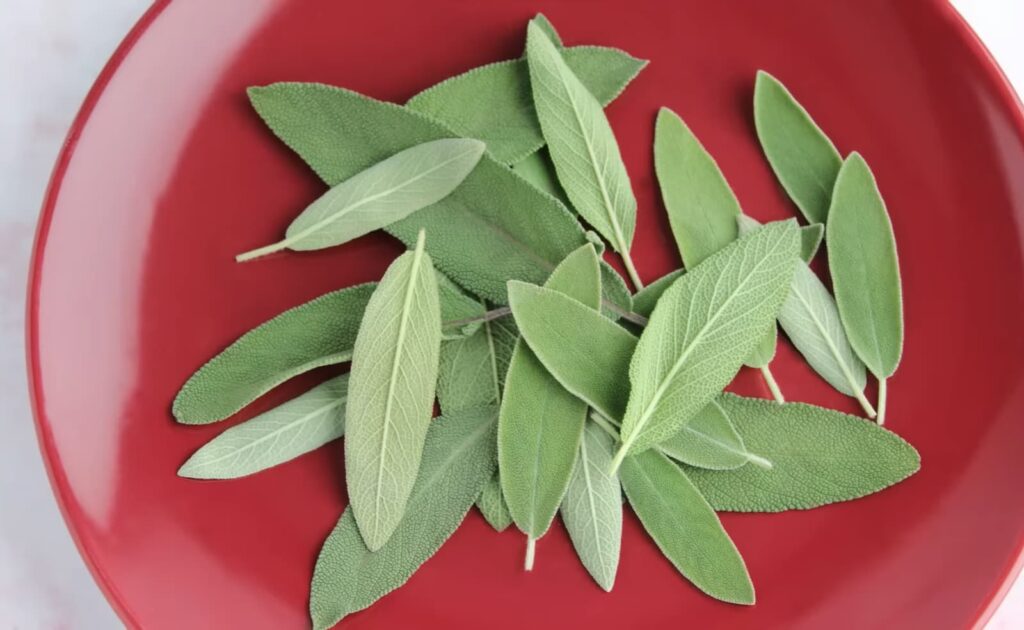When it comes to culinary applications, sage offers tremendous flexibility, thriving both fresh and dried. In terms of flavor retention, sage is a standout among herbs. While the form you choose might depend on the dish you’re preparing, it’s essential to know when to steer clear of dried sage. This article guides you on deciding the appropriate form, provides quantity recommendations, and unveils the remarkable health benefits sage brings to your palate.
When considering the culinary uses and benefits of fresh versus dried sage, it’s interesting to explore another aspect of food choices, such as the question of whether lobster claws are a good eating option.
What is Sage?
Sage, a staple herb in many kitchens, is a member of the mint family. Unbeknownst to many, this family also boasts other renowned herbs like oregano, rosemary, basil, and thyme. Sage’s robust aroma and earthy taste make it a flavor powerhouse that should be used consciously. However, don’t shy away from exploring its potential, given the plethora of nutrients and beneficial compounds it boasts.
The Perfect Situations for Using Dry Sage

Before delving into dry sage’s ideal uses, dispel the idea of using powdered sage. Powdered herbs primarily serve aesthetic purposes and fall short of flavor. Avoid them altogether.
Dry sage, however, proves excellent in seasoning pork, sausages, and duck, or adding a flavor burst to stuffing. However, certain dishes, like saltimbocca or porchetta, demand the fresh version unequivocally. Similarly, if you’re preparing a sauce for pasta or gnocchi, fresh sage will deliver the best results.
How Much Dry Sage vs Fresh Sage to Use
When substituting dried sage for its fresh counterpart in a recipe, the rule of thumb is: use a third of the quantity. However, to make this more tangible, it’s worth noting that eight fresh sage leaves yield approximately four teaspoons of its dried equivalent. If in doubt, it’s wise to start with less, since adding more during cooking is always an option. But beware, an overboard application of sage can overpower your dish due to its potent flavor.
When a recipe requires fresh sage, and it’s unavailable, switch to another dish. Only fresh ingredients can achieve the superior taste that every meal deserves. If sage is a must-have, opt for a recipe that recommends dried sage.
Health Benefits of Sage
As conscious consumers increasingly value the nutritional content of their food, sage offers a rich profile as follows:
Per teaspoon of ground sage:
- Calories: 2;
- Proteins: 0.1 grams;
- Carbs: 0.4 grams;
- Fat: 0.1 grams;
- Vitamin K: 10% of the RDI;
- Iron: 1.1% of the RDI;
- Vitamin B6: 1.1% of the RDI;
- Calcium: 1% of the RDI;
- Manganese: 1% of the RDI.
Additionally, it includes magnesium, zinc, copper, along with vitamins A, C, and E.
Sage: The Antioxidant-Rich Champion

Antioxidants play a crucial role in combatting harmful free radicals that contribute to chronic diseases and facilitate healthy skin and nails. Sage’s impressive lineup of over 160 polyphenols, including chlorogenic acid, caffeic acid, rosmarinic acid, and ellagic acid, make it a potent antioxidant source. Regular consumption of sage, such as in sage tea, can help improve brain function, reduce bad cholesterol, and increase good cholesterol.
Sage’s Role in Oral Health
Sage has potential oral health benefits thanks to its antimicrobial properties. Studies reveal its effectiveness against the Streptococcus mutans bacteria, responsible for dental cavities, and the Candida Albicans fungus, another culprit for cavities. Additionally, sage offers promise in treating throat infections, dental abscesses, infected gums, and mouth ulcers.
Ways to Use Sage
From flavoring your favorite roast to jazzing up your beverage, sage can elevate the taste profile of numerous dishes.
- Fresh sage leaves make a delightful garnish for cocktails, while its dried variant can add depth to various spice blends.
- Sage-infused oils and vinegars also make a gourmet addition to any kitchen.
Storing Sage Correctly
Understanding the right way to store sage—whether fresh or dried—can make a big difference in preserving its flavor and longevity. Fresh sage should be wrapped in damp kitchen paper, placed in a resealable plastic bag, and stored in the refrigerator. For dried sage, an airtight container in a cool, dark cupboard is ideal.
Conclusion
Sage, available both in dried and fresh forms, is a considerably versatile herb demonstrating a strong and alluring flavor profile, along with numerous health benefits. Choosing between its fresh and dried versions involves an understanding of the dish you’re preparing, the flavor you seek, and the availability of the herb. Its nutritional richness and potential health benefits, such as antioxidative properties and oral health support, make it a worthwhile addition to various meals. As with any robust herb, the key to successful use lies in moderation and experimenting with different quantities to suit your palette. No matter the form, sage invariably promises to deliver a unique culinary experience and contribute to a healthier and flavorful lifestyle.
